
Nothing lost in translation here. Might as well call it what it is: the best Lamborghini Huracán ever.
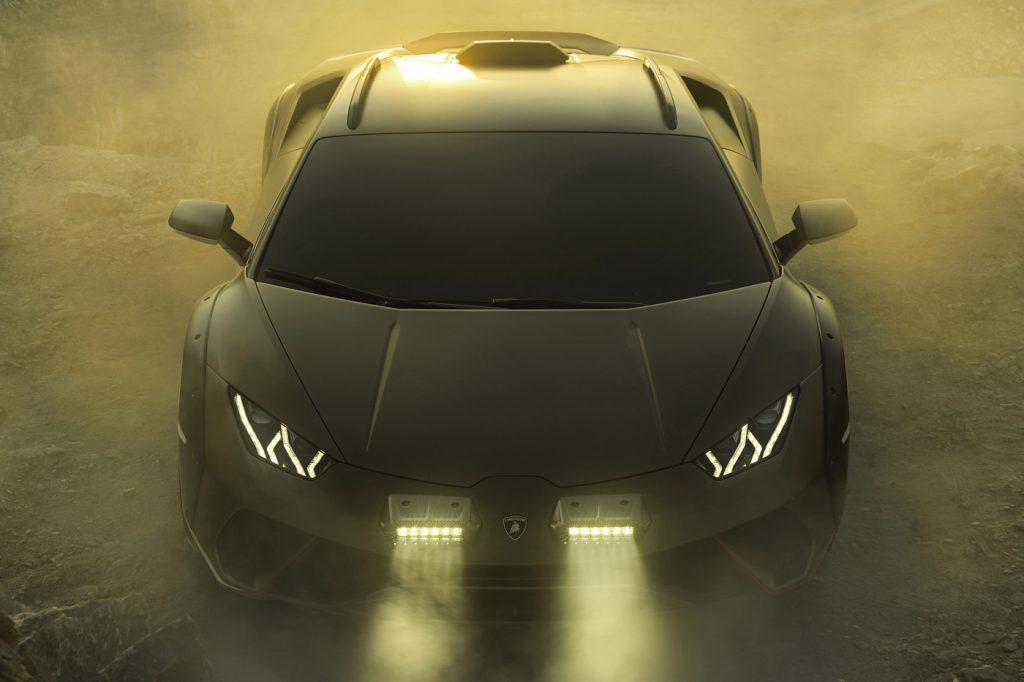
When people talk about a “jacked-up Lambo,” they usually mean a Lamborghini that’s been lifted because it got stuck on something like a telephone pole or a curb. But this Huracán LP610-4 Sterrato, or just Sterrato, has been raised 1.7 inches to make it almost like an off-road-ready Italian supercar. And surprisingly, it’s one of the best versions of the smaller Lamborghini models.
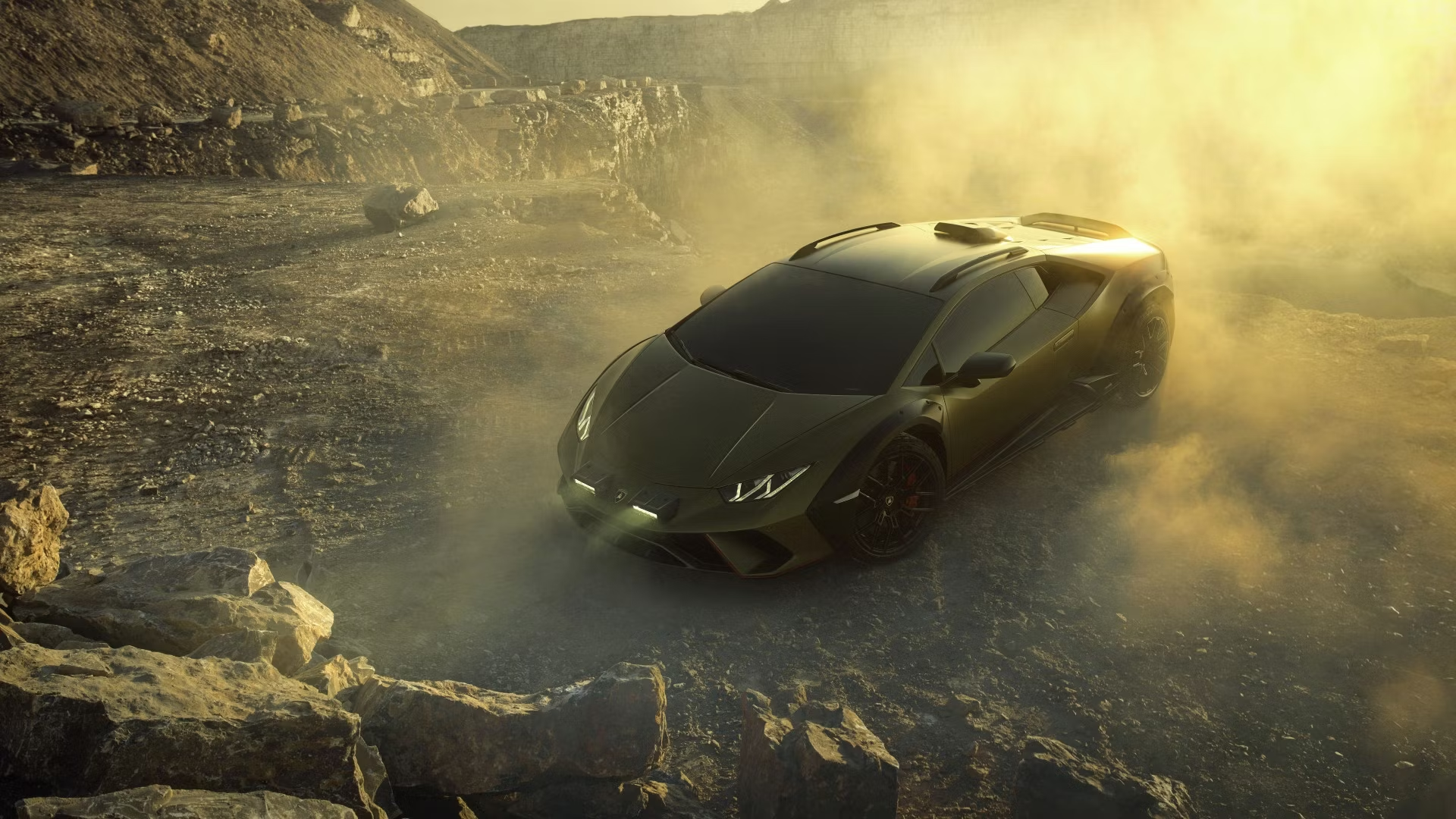
Just like previous versions of the Huracán, the Sterrato looks sleek and drives incredibly fast. But unlike those made for smooth roads or tracks, this one has rugged Bridgestone Dueler All-Terrain AT002 tires that can keep going even if punctured, a lifted suspension, and roof rails in case you need to carry more than the tiny frunk can hold. With a higher center of gravity and updated dampers and springs, the Sterrato handles bumps better than any other Huracán before it.
Driving a Lamborghini in Michigan means bracing for crater-sized potholes and dodging stray plastic bottles that clatter underneath. Michigan’s roads seem designed like Italy’s gravel paths—’sterrato’ means dirt road in Italian. But this Huracán is different, offering a smooth ride with tires that handle bumps and holes with ease. It’s like the Marshawn Lynch of supercars—able to power through obstacles but also disappear in an instant if given the chance. And those rally lights? They shine bright, even if this car hasn’t won a Super Bowl.
Unlike the similar Porsche 911 Dakar, the Sterrato doesn’t have an adjustable suspension for height. However, its softer suspension highlights the stiffness of the chassis. When driving slowly over bumps, you might hear a clunky sound, like something in the suspension has some slack. The low-grip tires, which lose traction at 0.96 g on the skidpad, might seem unusual for a Lamborghini, but the steering feel and communication are excellent. The best part is that lower grip means you can push the car closer to its limits on normal roads without scaring anyone inside or outside the car.
The reduced grip, along with other tuning changes, significantly affects how the car handles. At its limit, the Sterrato lets go gradually without one end losing traction first, although the rear can slide a bit if you push the throttle. Quick turns of the steering wheel help keep the Sterrato stable and on track. We never once lost control. If a rally school wanted to teach the Scandi-flick technique on gravel, the Sterrato would be a better choice than a Subaru WRX, but it’s pricey—our test Sterrato cost $384,394.
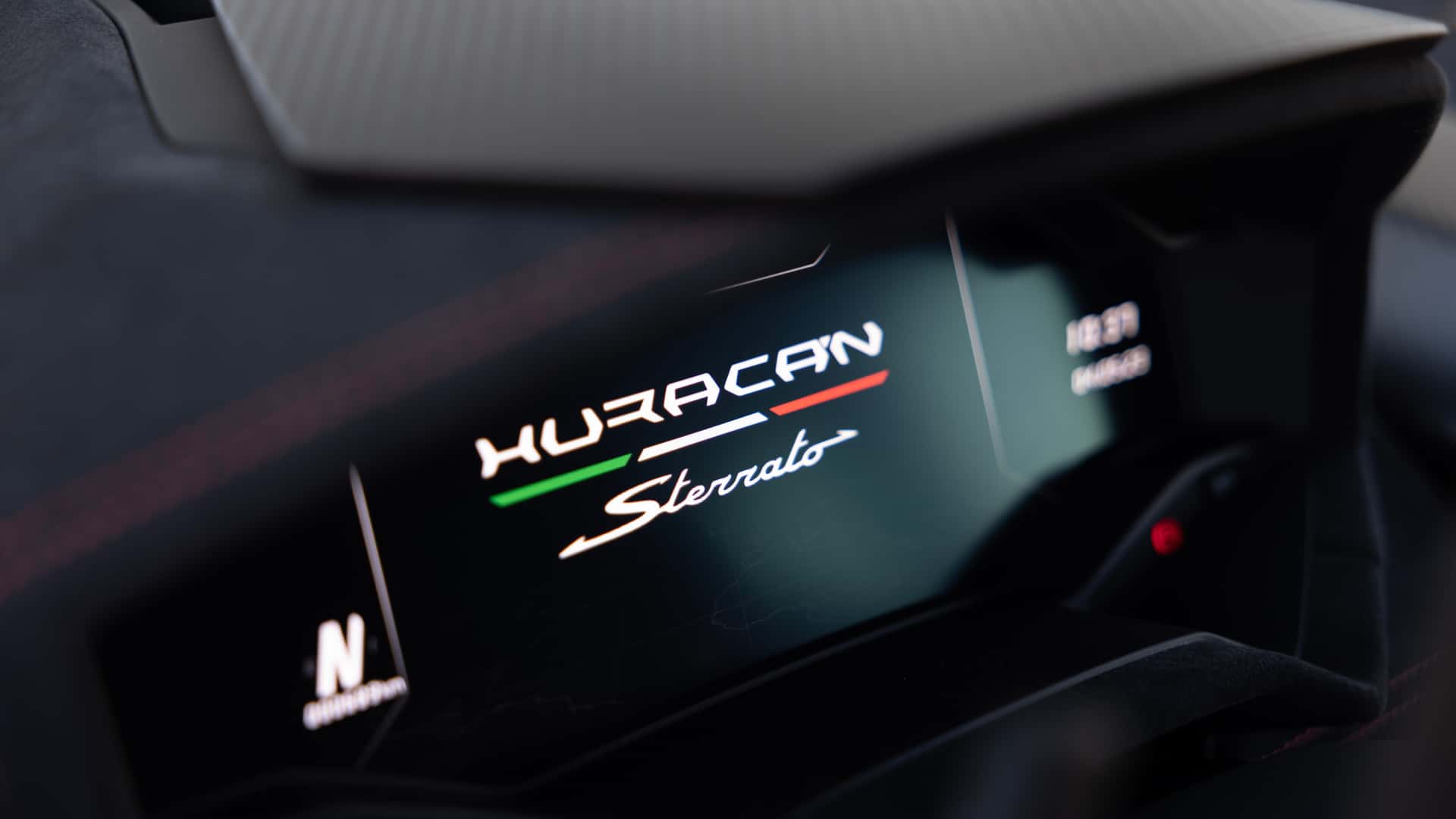
If you want to leave everything behind, the Sterrato’s 602-horsepower V-10 rockets it to 60 mph in just 2.8 seconds—only 0.3 seconds slower than the Huracán Evo. Even though it’s a tad slower in the quarter-mile, taking 10.7 seconds at 130 mph, those all-terrain tires do cap its top speed at 161 mph. Still, that’s faster than the 911 Dakar’s 150 mph on similar rubber.
In Rally mode, you have to shift gears manually, and we often found ourselves revving up to 8500 rpm with an exhilarating roar. Lamborghini, maybe consider a signal for the transmission to shift perfectly at redline if you won’t automate it in these sporty modes. Alongside Rally, there’s Strada and Sport, but the V-10 sounds its best in Rally mode, so let it sing!
Inside, the Sterrato feels much like other Huracáns. It’s snug on headroom and lacks a cupholder, but if you spill coffee, the $1400 floor mats can handle a run through the dishwasher, thanks to their aluminum construction and skateboard-like grip tape.
Starting at $278,972, all 1499 units of the Sterrato are sold out and likely fetching more than their original price on the market. Our tested model was customized to the hilt, with $62,100 spent on various paint options alone. Fancy the vibrant orange? That’s Arancio Xanto for $14,000. The $23,600 “Sterrato livery” adds distinctive triangle accents, painted on rather than stickered like the Dakar’s livery. For $17,100, the Sterrato Protective paint on the fender flares and rockers guards against flying stones. And if you want the hexagonal “63” on the hood, that’ll set you back $7400. Grazie mille for the custom touches!
Sadly, this might be the final time we’ll enjoy a naturally aspirated V-10 in a production car. Future versions will likely add turbos, electric power, or both to improve efficiency—we averaged just 11 mpg. It’s bittersweet to say goodbye, but we’re also happy that such an iconic engine made its mark in a car as remarkable and outstanding as this one.

The streets of Dubai, a playground for the world’s most opulent automobiles, r
Read More
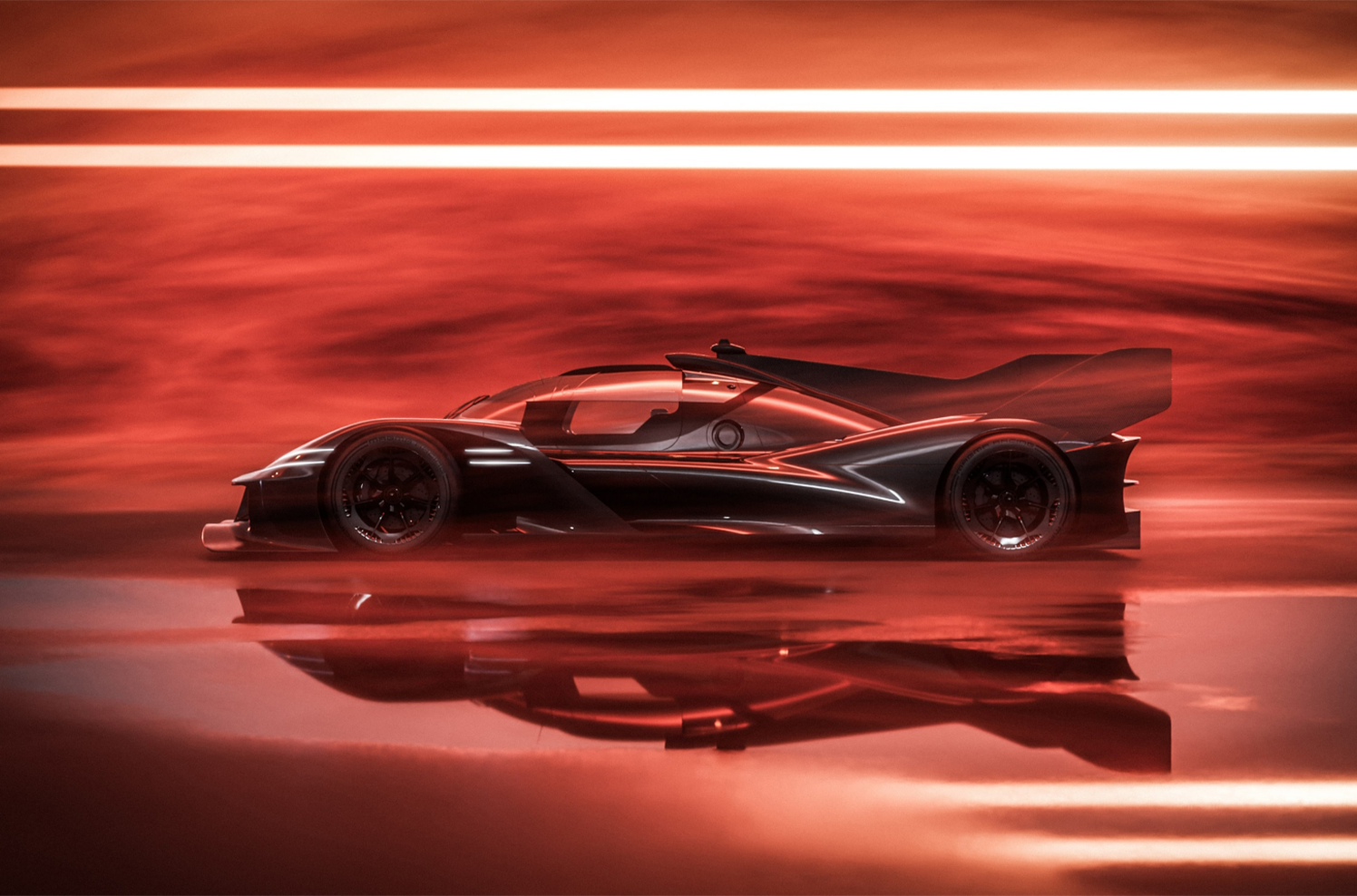
The automotive equivalent of a rookie challenging Muhammad Ali: Genesis has thro
Read More
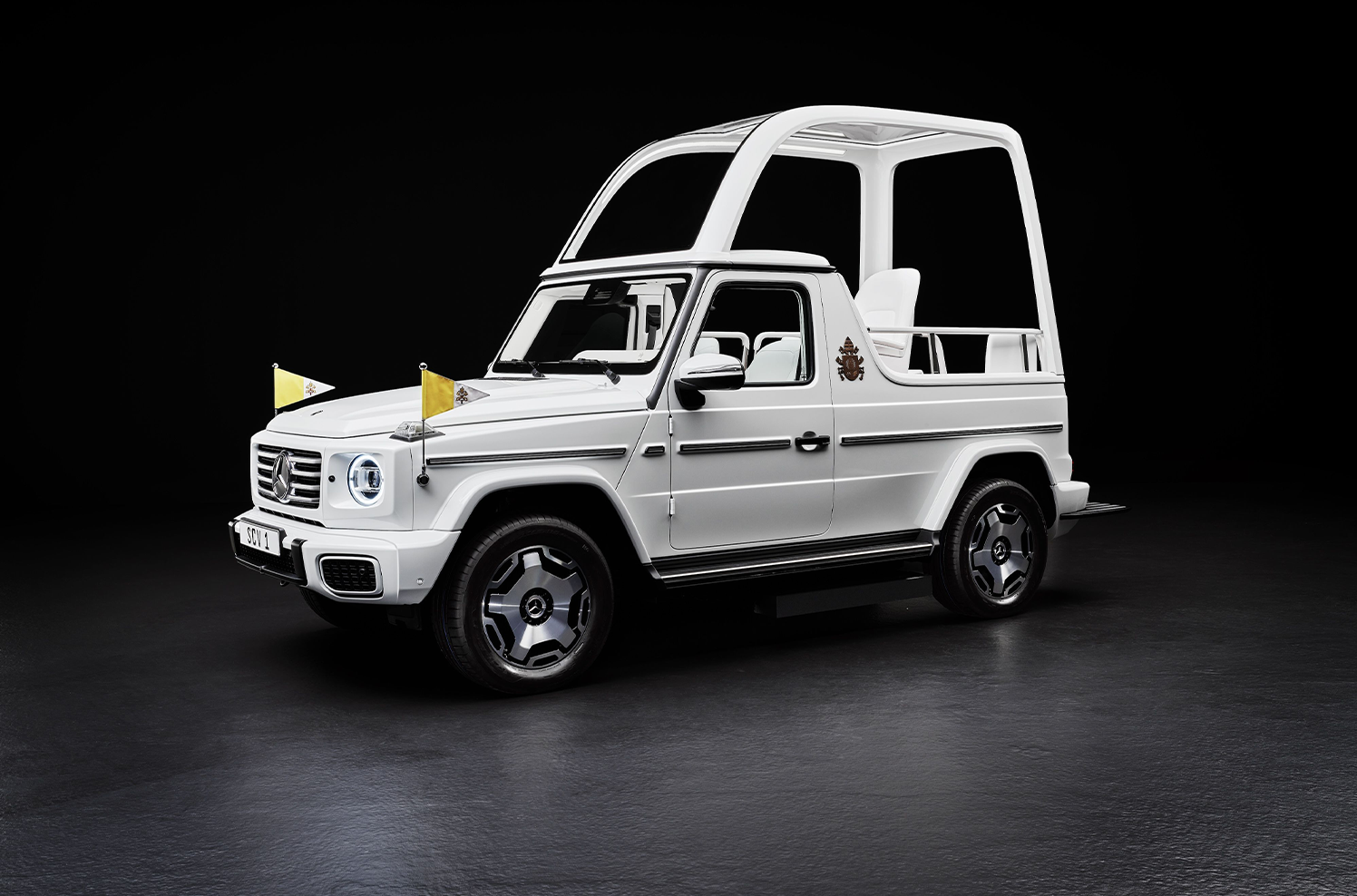
The latest iteration of the Popemobile—the Holy Father's main form of transpor
Read More
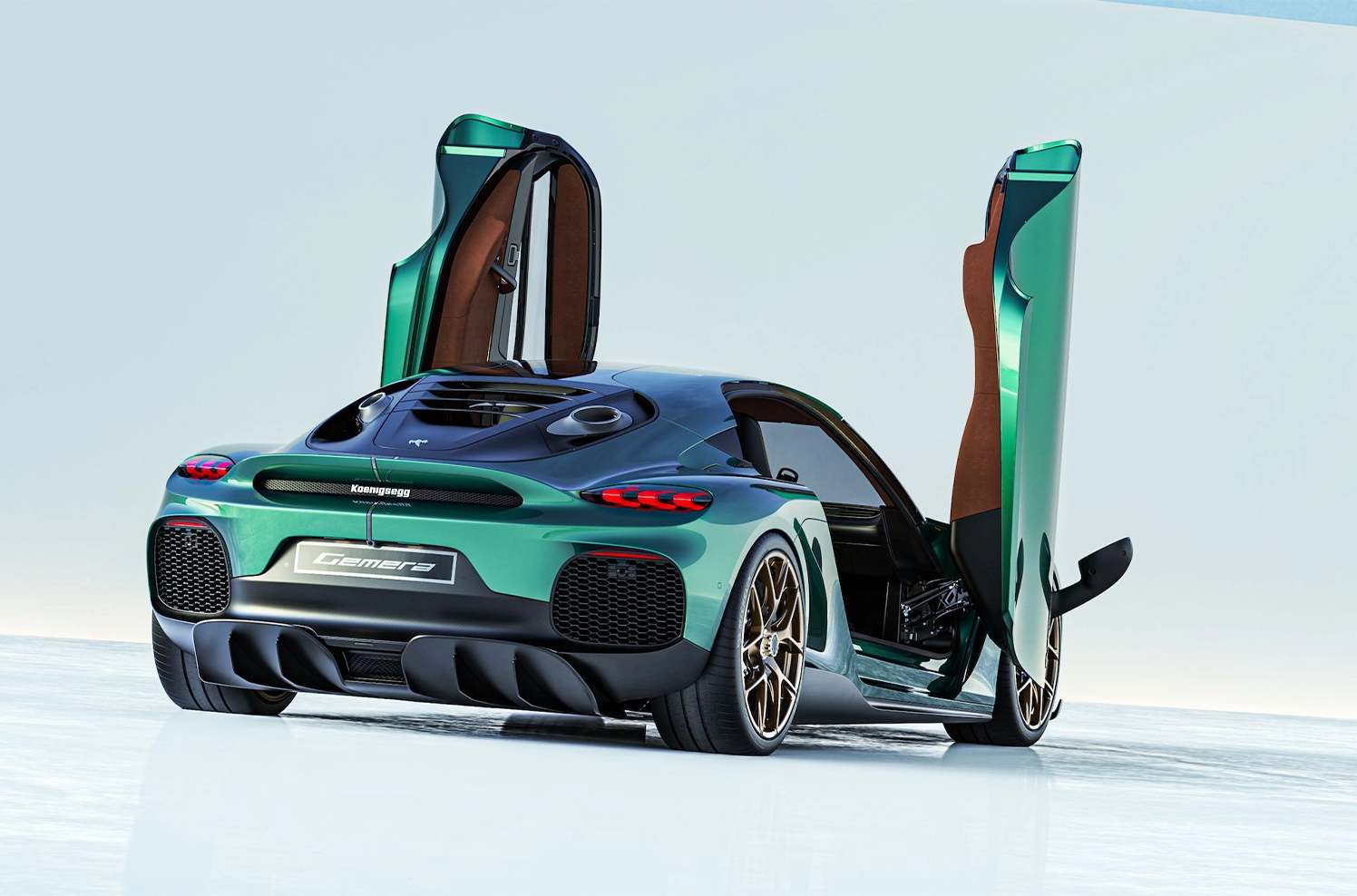
The production version of Koenigsegg's four-seat supercar will offer a 5.0-liter
Read More


